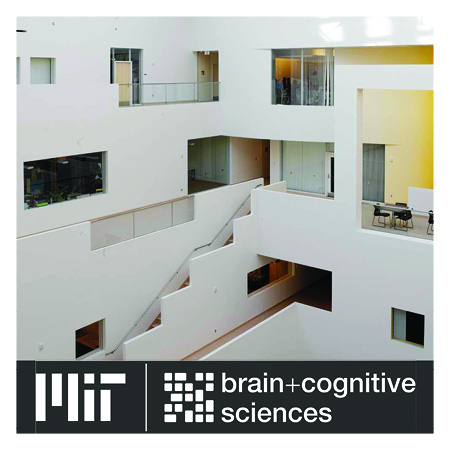
Cog Lunch: Sihan Chen "Winawer et al. (2007) revisited: the effects of color categories on color cognition"
Description
Speaker: Sihan Chen
Lab: Gibson
Title: Winawer et al. (2007) revisited: the effects of color categories on color cognition
Abstract: Over the past decades, linguists have been debating on whether the languages we speak influence the way we perceive the world. One of the most influential papers in this area of research is the color perception study conducted by Winawer et al. (2007). The authors found that Russian speakers spend less time in discriminating light blue colors (goluboy) from dark blue colors (siniy), than discriminating within light blue colors or within dark blue colors, whereas English speakers do not show such a discrepancy. The authors suggest that such a difference is due to the fact that light blue (goluboy) and dark blue (siniy) fall into two separate color categories in Russian, but not in English, indicating that languages can affect their speakers’ online perception. However, this study also raises a number of questions. First, the mechanism behind color categories facilitating color perception is not completely clear. Second, in the past 15 years, to the best of our knowledge, there have been no studies replicating Winawer et al. (2007). In this talk, I will first show a re-analysis of their data, which indicates that the color category effect shown among Russian speakers might have been driven by the perceptual properties of the stimuli, rather than color categories themselves. Then, I will present a replication and extension to Winawer et al. (2007), where we added three other color spectra and conducted the same task as in Winawer et al. (2007) among both Russian speakers and English speakers. The results indicate that we did not replicate the findings in Winawer et al. (2007). Finally, I will present some attempts to better test the effect of color categories.

